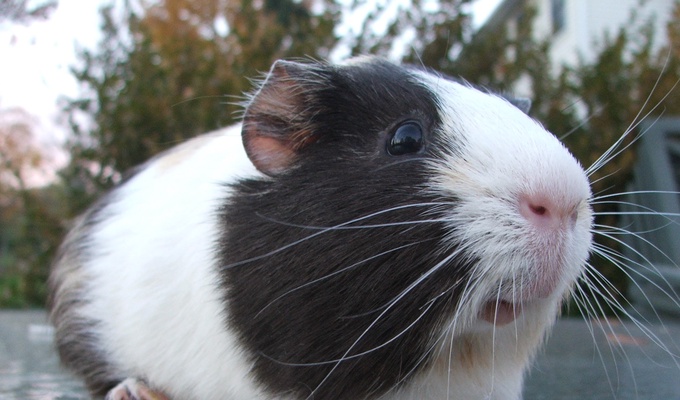The guinea pig (Cavia porcellus), also called a cavy, and commonly known as cuy in the Andean region, is a small domesticated rodent traditionally raised for meat in countries such as Peru, Ecuador, and Bolivia. Unlike the pet associations common in Western countries, in the Andes, guinea pigs have long held significance as a food source, with archaeological evidence indicating their use in domestic and ceremonial contexts dating back to pre-Columbian civilizations, including the Inca.
Cuy is valued for its high protein and low fat content, and is typically slaughtered for consumption at 2–3 months of age, when it weighs between 0.5 and 1.2 kilograms. The animals are raised in small enclosures, often within households, and require minimal space and feed, making them suitable for small-scale and subsistence farming in highland rural areas. In both Peru and Ecuador, cuy farming contributes to household food security and income generation, and is increasingly promoted as a sustainable livestock alternative due to its low environmental impact.
Culinary preparation varies by region, though the most common methods include roasting (cuy al horno) and frying (cuy chactado), often served whole with accompaniments such as potatoes, corn, and spicy sauces made from local ingredients like ají peppers and peanuts. In Ecuador, the dish is frequently served during festivals and family celebrations, and cuy has become central to rural microenterprise development programs. In Peru, cuy is both a staple food and a symbol of indigenous heritage, linked to the Andean principle of ayni (reciprocity) and sometimes featured in religious or ceremonial meals.
Annual festivals, such as Ecuador’s Festival del Cuy, highlight the animal’s cultural and economic importance, with events that include cooking competitions and public tastings. In both countries, cuy consumption has expanded beyond subsistence use to include urban restaurants and international tourism markets, where it is presented as a traditional delicacy.
